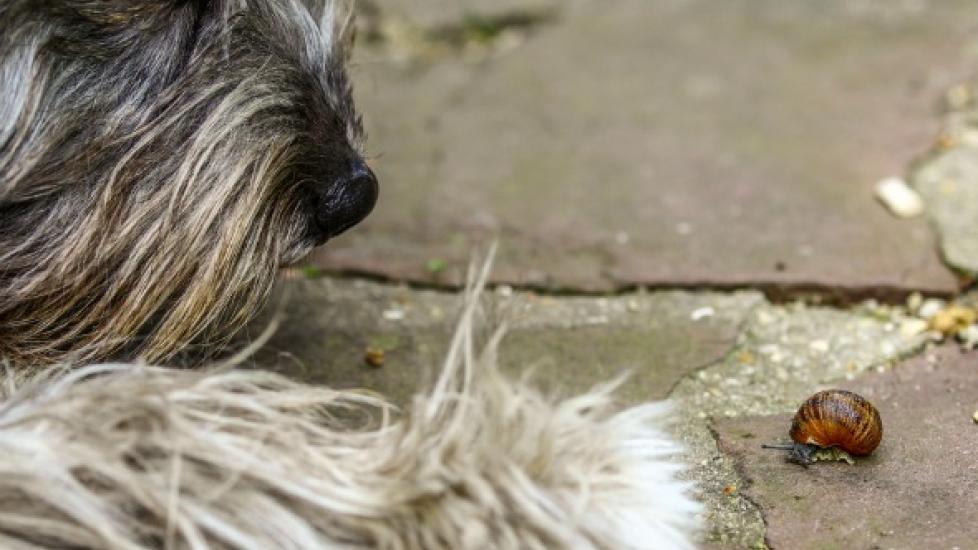In the realm of canine health and safety, pet owners often encounter unexpected hazards that their furry companions may inadvertently ingest. One such peril is snail or slug bait poisoning, a condition that requires immediate attention due to its potential severity. As a professional pet expert specializing in engaging content writing for all things animal-related, I present this comprehensive article on recognizing, preventing, and managing snail or slug bait toxicity in dogs.
Understanding Snail and Slug Baits:
Before delving into how these products affect our beloved pups, it’s crucial to comprehend what they are and why they pose a risk. Snail and slug baits typically contain metaldehyde or iron phosphate as active ingredients designed to attract slugs and snails before causing them harm. Metaldehyde, in particular, has been known to be toxic to pets if consumed in significant quantities.
Symptoms of Snail or Slug Bait Toxicity in Dogs:
The symptoms of snail or slug bait poisoning can vary depending on the type of bait ingested and the amount consumed. Common signs include:
- Vomiting: This is one of the most common initial reactions after ingestion. Your dog might bring up foamy or greenish fluid.
- Diarrhea: The gastrointestinal distress from the poison could lead to loose stools or diarrhea.
- Abdominal Pain: Your pooch might display discomfort through whining, restlessness, or even aggression if feeling particularly ill.
- Drowsiness: In severe cases, your pup might become lethargic and unresponsive.
- Muscle Twitching: Some toxins can cause neurological disturbances, resulting in muscle spasms or convulsions.
- Dehydration: Vomiting and diarrhea can quickly deplete your dog’s body of fluids, leading to dehydration.
- Bloody Stools: Iron phosphate-based baits can sometimes result in bloody bowel movements.
Prevention Is Key:
To avoid snail or slug bait toxicity altogether, pet parents should take preventive measures around their homes:
- Store baits securely out of reach of pets.
- Apply bait in areas where dogs do not have access (like along fences or edges of gardens).
- Use non-toxic alternatives for slug and snail control.
- Regularly inspect your yard for any leftover bait granules and dispose of them properly.
- Educate children about the dangers of handling baits and the importance of keeping them away from pets.
Recognizing Symptoms and Acting Fast:
If you suspect your dog has ingested snail or slug bait, don’t wait for more serious symptoms to appear; seek veterinary care immediately. Early intervention can make all the difference in treating poisoning effectively.
Treatment Options:
Your vet will likely induce vomiting if caught early enough, followed by administration of activated charcoal to absorb any remaining toxins in the stomach. Fluid therapy may also be necessary to prevent dehydration. In severe cases, supportive care may involve hospitalization with intravenous fluids, oxygen supplementation, and medications to manage seizures or other neurological effects.
Conclusion:
By understanding the risks posed by snail and slug baits, taking proactive steps to keep them out of reach, and being vigilant for signs of toxicity, we can help ensure the well-being of our loyal four-legged friends. If accidental ingestion does occur, prompt action can mitigate the impact of the poison and provide relief to our distressed canine companions. Always remember, prevention is key, but staying informed and ready to act swiftly in case of emergency is equally important.
